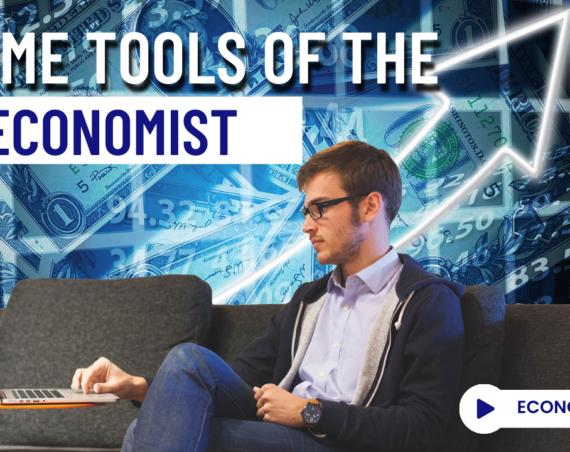Price-searcher markets with low entry barriers
Price-searcher markets refer to firms competing based on price and quality rather than advertising, promotion, or brand recognition. These markets are characterized by low barriers to entry, which means that firms can quickly enter and exit the market, and new firms can quickly establish themselves.
One of the key benefits of price-searcher markets is that they promote competition, which leads to lower prices and higher quality for consumers. In these markets, firms have to compete with each other to win customers, and as a result, they have to continuously innovate and improve their products to stay ahead of the competition. This creates a virtuous cycle of innovation, improvement, and increased consumer satisfaction.
Another benefit of price-searcher markets is that they provide consumers with more choices. When there are low barriers to entry, new firms can quickly enter the market and offer new products or services, giving consumers more options. This can also drive down prices as firms compete to offer the best deals.
However, price-searcher markets can also have some drawbacks. For example, in some cases, the intense competition can lead to lower profit margins for firms, making it more difficult for them to invest in research and development or maintain their operations. This can ultimately reduce the quality of products and services in the market and limit the number of choices available to consumers.
In conclusion, price-searcher markets are characterized by low barriers to entry, which promote competition, lower prices, and increased quality for consumers. While these markets can have some drawbacks, they provide a valuable model for competition that can drive innovation and benefit consumers. It is essential for policymakers to consider the benefits and drawbacks of price-searcher markets when developing regulations and policies that affect these markets.



